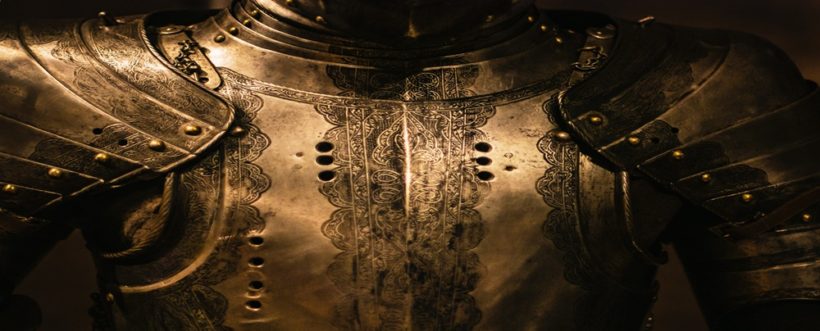The Chronicles of Narnia by C. S. Lewis will be well known to many. A magical world of classic fantasy written for children, but enjoyable to any age group.
I reread the entire series and shared succinct spoiler-free reviews. If you want some background to Narnia – it’s all in the first book review.
The reading order is open to debate. However, it was done in (Narnian) chronological order – and not the date they were published: The Magician’s Nephew (1955), The Lion, the Witch and the Wardrobe (1950), The Horse and His Boy (1954), Prince Caspian (1951), The Voyage of the Dawn Treader (1952), The Silver Chair (1953) and The Last Battle (1956).

Review Number: 23 (7 in Narnia series)
Review Date: 21 October 2020
Title: The Last Battle
Author: C. S. Lewis
Country: United Kingdom
Publication Date: 1956
Genre: Fantasy
“Remember that all worlds draw to an end and that noble death is a treasure which no one is too poor to buy.”
And so it ends. With a title like The Last Battle Lewis unmistakably and expertly brings his incredible fantasy creation to its grand finale.
The story begins with a warning about false gods. A cunning ape (Shift) has convinced a gullible donkey to dress in a lion’s skin and masquerade as Aslan. While the disguise is woeful to you and me, many Narnians dare not question their ‘deity’ and unwittingly become used by this Shift-y animal and his quest for power.
This enemy from within threatens the land of Narnia with deceit and mendacity.
While there is a distinct lack of humour, it is still a gripping tale. The present king of Narnia, Tirian, calls on the real Aslan for help. As always, the noble lion offers assistance in some shape or form and the king receives a vision of the “Friends of Narnia”.
Tirian doesn’t know it, but these are the characters from Earth that readers will have encountered during the previous stories – such as Eustace and Jill from The Silver Chair. It’s a nice touch to see them all again, rather like the curtain call at the end of a satisfying play.
And so the battle between good and evil begins. The real Aslan’s followers – of which there are not many – will need to defeat the pretender and his supporters to prevent destruction of all they hold dear.
It’s certainly the most serious of the seven books – with a fair amount of death and danger. At times Lewis lays on the religious allegories much thicker than anything seen before.
That said, he showed his usual astuteness in ending it all on the seventh novel and the last chapters wrap things up in fine and memorable style.
EPILOGUE
There’s no denying that Narnia ranks as one of the great fantasy worlds. It’s up there with Wonderland, Neverland, The Land of Oz and Middle-Earth.
Most people will have heard of Narnia, even if they haven’t read the books. The three Disney movies (2005-2010) were OK and helped to push Lewis’ work back into the public consciousness.
While I enjoyed rereading the tales, this is probably the final time. The reviews have committed them to memory and they had been read several times before. Let’s face it, there are many other new books to check out… and also many others to try again.
Anyway, to wrap up this series of book reviews you may be wondering how Lewis got the idea to write about Narnia.
I will leave the last word to him as he described the origin of The Lion, the Witch and the Wardrobe in an essay titled “It All Began with a Picture”:
“The Lion all began with a picture of a Faun carrying an umbrella and parcels in a snowy wood. This picture had been in my mind since I was about sixteen. Then one day, when I was about forty, I said to myself: ‘Let’s try to make a story about it.'”
“I have come home at last! This is my real country! I belong here.”
